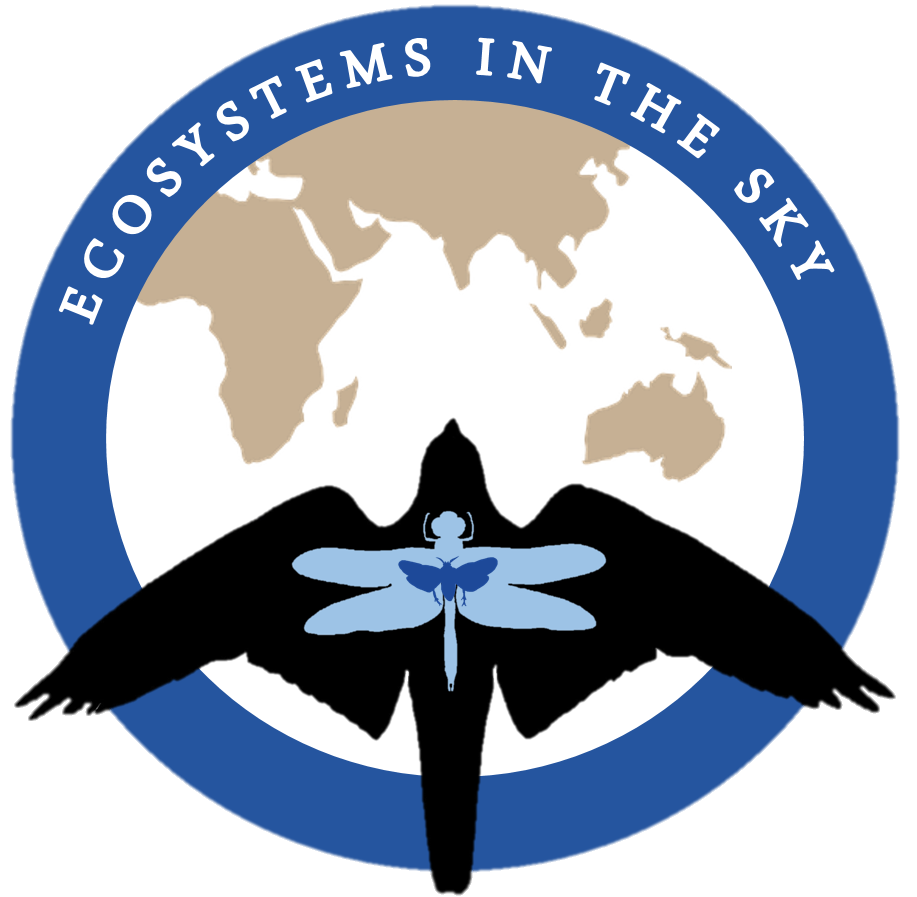British Dragonfly Society
The British Dragonfly Society encourage observers to submit records of migrants they have seen to the Migrant Dragonfly Project.
Records should be submitted to the Project Co-ordinator, Adrian Parr (email: migrants at british-dragonflies.org.uk). Special recording forms are available for those who wish to become more than casually involved; observers are kindly requested to provide written or photographic evidence to support claims of extreme rarities. Results are summarised each year in the Journal of the British Dragonfly Society.
The British Dragonfly Society lists the following species as typical non-resident migrant species to Britain:
Lesser emperor (Anax parthenope)
Vagrant darter / moustache darter (Sympetrum vulgatum)
Vagrant emperor (Hemianax ephippiger)
Red-veined darter (Sympetrum fonscolombii)
Scarlet darter (Crocothemis erythraea)
Yellow-winged darter (Sympetrum flaveolum)
iNaturalist
iNaturalist is a citizen science initiative and online social network aimed at mapping and sharing observations of all types of species across the globe. All users, from naturalists, researchers and members of the general public are welcome to join and share their observations. The project was launched in 2008 by the California Academy of Sciences and the National Geographic Society.
More then 28 million observations have been recorded for more than 242000 species! And these include:
Globe skimmer (Pantala flavescens): 3655 observations (Nov 2019)
Amur falcon (Falco amurensis): 143 observations (Nov 2019)
Vagrant emperor (Hemianax ephippiger) 183 observations (Nov 2019)
bird count india and ebird
migrantwatch was an initiative in India, aimed at gathering information about the millions of birds that migrate to and throughout India, from the Palaearctic and the Himalayas. After a successful fourteen years (2007-2015) and over 30.000 reported sightings, migrantwatch merged with Bird Count India and eBird.
eBird is a platform with the goal to gather information in the form of checklists of birds, archive it, and freely share it to power new data-driven approaches to science, conservation and education. You can join eBird, share your observations and see others’, by creating an account at ebird.org
Artdatabanken, sweden
The goal of The Swedish Species Information Centre (ArtDatabanken) is to analyse and share information about the species and habitats that can be found in Sweden. The centre gets commissions from the Swedish government and other authorities in the field of biodiversity, cooperates with various NGOs and also conducts own research.
The Species Reporting System (Artportalen) is run by ArtDatabanken, and is a platform where citizens and scientists can report sightings of all types of species in Sweden (plants, fungi, animals etc). You create an account and then it is up to you how regularly you want to participate.
A special thank you to the students at Lakeville Nature Conservancy, your interest in citizen science and will to share your findings is the making of great future naturalists, scientists and citizens of the world!






